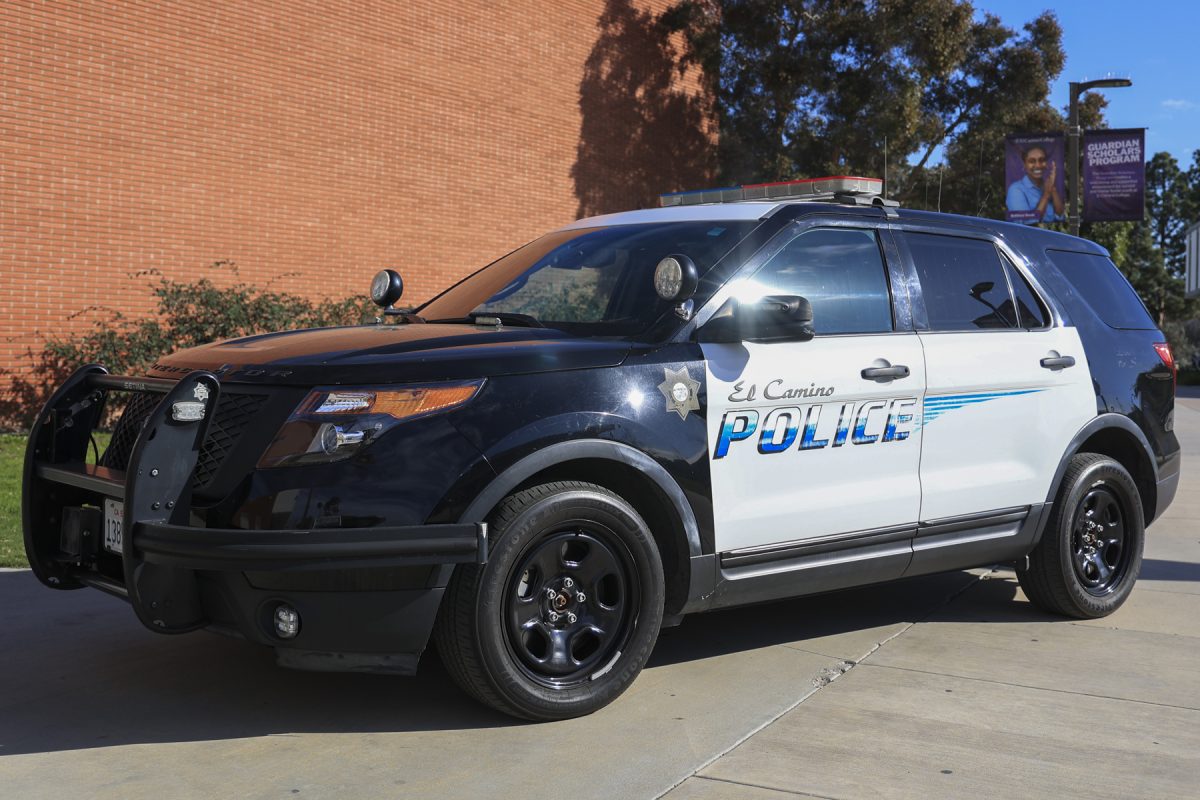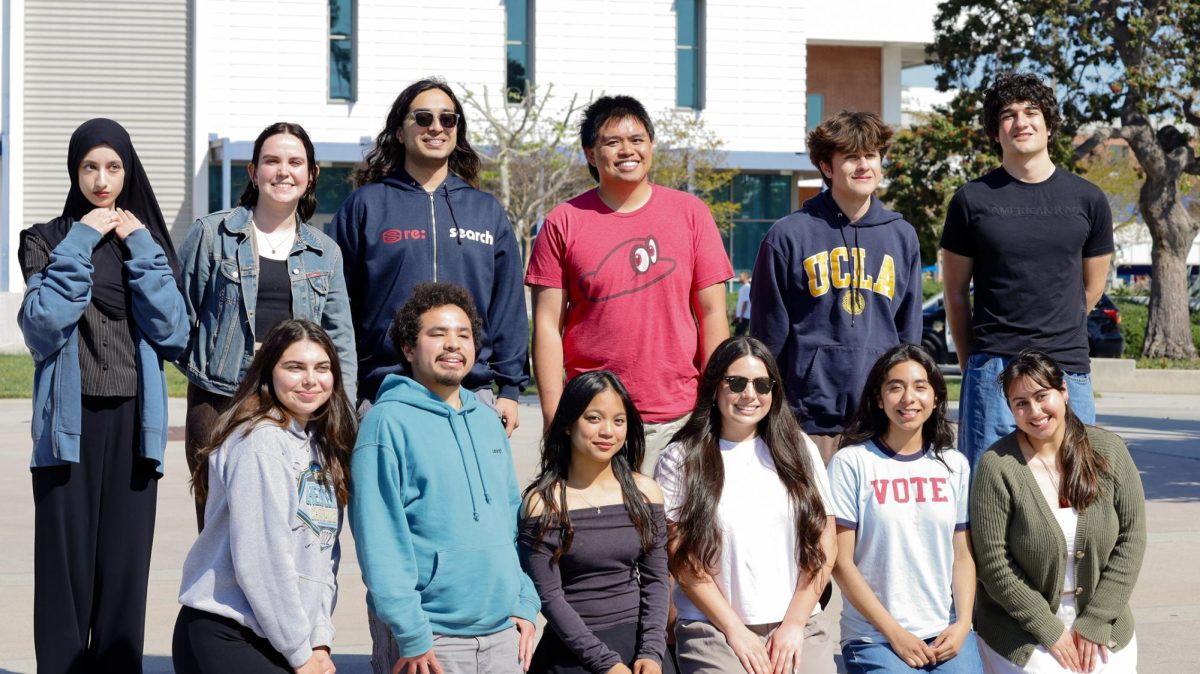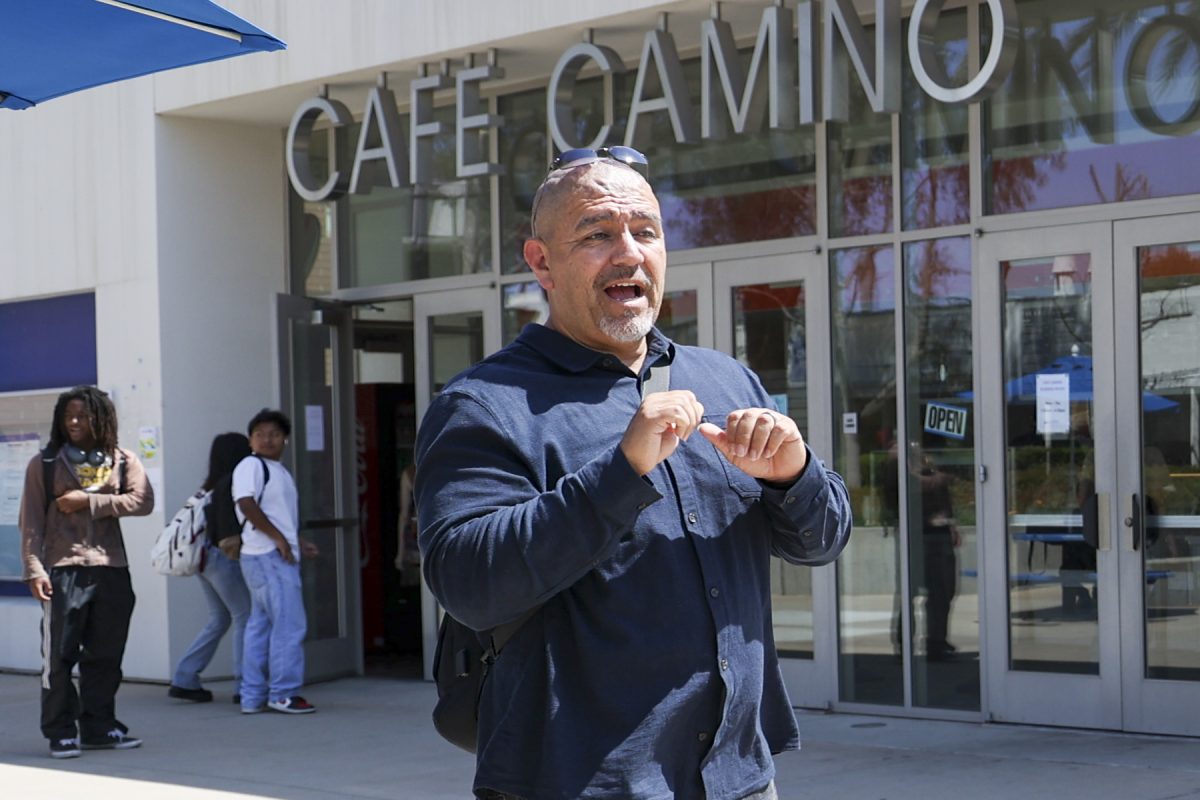When Angel Nguyen, 19, chemistry major leaves his class he goes right to the school library where he knows he never has issues with the internet thanks to their computers.
On the contrary, Melanie Chavez, 23, English major prefers to use her cellular data over the campus Wi-Fi because she says her phone is faster.
The college understands that students depend heavily on Wi-Fi while at EC, Assistant Director of Information Technology Services, William Warren said. The college also understands the growing frustration the students are feeling when they can’t connect, are dropped repeatedly or experience slow speeds.
“It doesn’t work well. I can’t get a Wi-Fi signal anywhere but near (the) Math and Science Buildings,” Ryan Uyehara, 17, engineering major, said.
With the growing number of people carrying around multiple devices everyday, over 2,000 devices connect to the campus Wi-Fi during the day time hours.
“When the Internet was first established on campus, not every student had a cell phone, laptop and/or a tablet. Today people carry up to three devices and each one wants to jump on the Wi-Fi even though you can only use devices one-at-a-time,” Warren said.
On Sept. 4, IT Services began “accessing each building as to what it will take to bring in higher density Wi-Fi,” Warren said. “Higher density means to cover zones that don’t have coverage or zones that should have coverage but don’t right now.”
President Tom Fallo has notified the Board of Trustees that he wants to upgrade the Wi-Fi using bond funds, Warren said. They are currently undergoing a building-by-building assessment to determine what is needed to retrofit the older buildings.
The board must weigh the cost of upgrading internet in an older building, that is slated for future demolition in a couple of years, or do minor upgrades until the building is rebuilt. Once the assessment is complete then careful investment into the Internet infrastructure can be made.
It is much easier to upgrade the Internet in brand new buildings because they are building from the ground up with open walls and floors and they can wire the entire structure to current Internet standards.
Upgraded areas and access points around the campus include: Student Services, Behavioral Science, Student Activity Center, and the Library.
When compared to another campus, EC covers the least amount of zones around campus. According to Santa Monica College’s website, “over 95 percent of the main campus and off-campus sites have wireless coverage.”
Warren said staff and student Wi-Fi are basically the same and they are both secured networks that require signing in. They are separate networks because if there is an issue with the Wi-Fi, the student’s Wi-Fi can be temporarily shutdown without interfering with the staff’s ability to continue to work.






